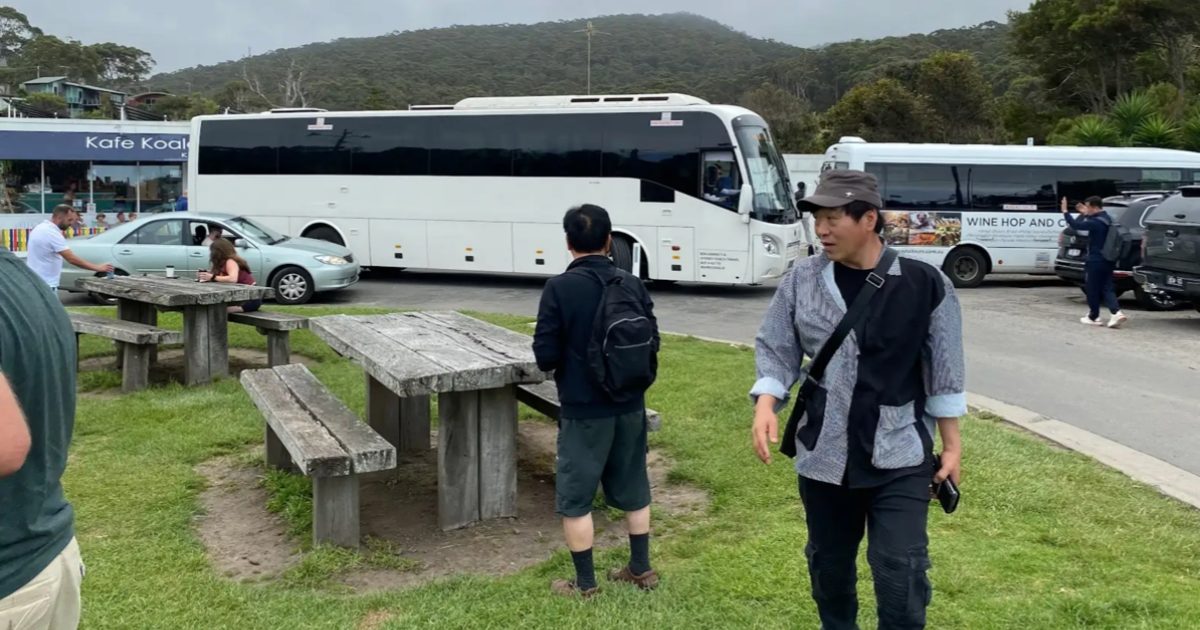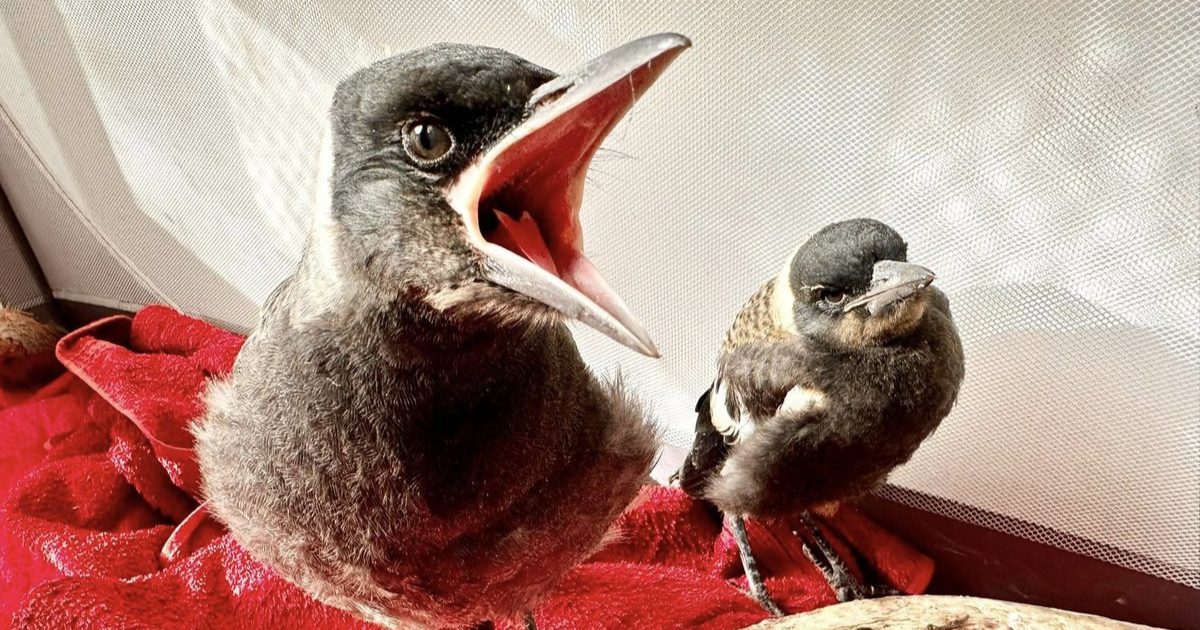Trial to protect important plants on Country

DEECA's Tim Miller (centre) and Gobata Dja team members (L-R) Cory Howell, Paul Marriot, Tom Stephens and Lydia Veljanovski are some of the staff working on the trial. Photo: SUPPLIED
A VICTORIA-first trial to stop the spread of Phytophthora dieback near Anglesea aims to protect not only the habitat of endangered animals but also trees signficiant to the Wadawurrung people.
Dieback – also known as cinnamon fungus or root rot – is a microscopic pathogen that is causing the death of native plants such as the Wiyn (fire) trees, which can live for up to 350 years and grow at a rate of about one centimetre per year. These trees have a significant cultural place for Wadawurrung Traditional Owners in the Kuarka-dorla (Anglesea) heathlands.
Last week, Gobata Dja (Caring for Country) team hand-sprayed phosphite at a culturally significant site in the Anglesea Heathland focusing on grasstrees (Xanthorrhoea australis) identified by the National Threat Abatement Plan (EPBC Act) as a critical element of ecological function.
The spraying treatment is an opportunity for Wadawurrung people to protect Country and Culture.
Although used successfully in Western Australia for more than 30 years, this is the first time in Victoria that a Traditional Owner group has been involved in the protection of biodiversity.
Training in the use of phosphite was undertaken on Country with the Wadawurrung Traditional Owners Aboriginal Corporation’s (WTOAC) Gobata Dja team alongside Dr Mark Garkaklis and Dr Barbara Wilson, ecologists with more than 35 years’ experience in small mammals’ protection and Phytophthora research.
WTOAC is working together with Corangamite Catchment Management Authority, the Department of Environment Energy and Climate Action (DEECA), Parks Victoria, Barbara Wilson Pty Ltd and the Australian Government to stop the spread of the disease.
The trial, funded by the federal government’s Wild Otways Initiative – a project to control a variety of pests and protect threatened species – uses phosphite to boost the native plants immunity and help them fight off the disease.
Human activity causes the greatest spread of dieback. For example, road building and maintenance, off-road driving, bushwalking and gardening can introduce and spread the pathogen through infected material.
Preventing the spread of dieback is critical, as management options are limited once it is introduced to an area.

















